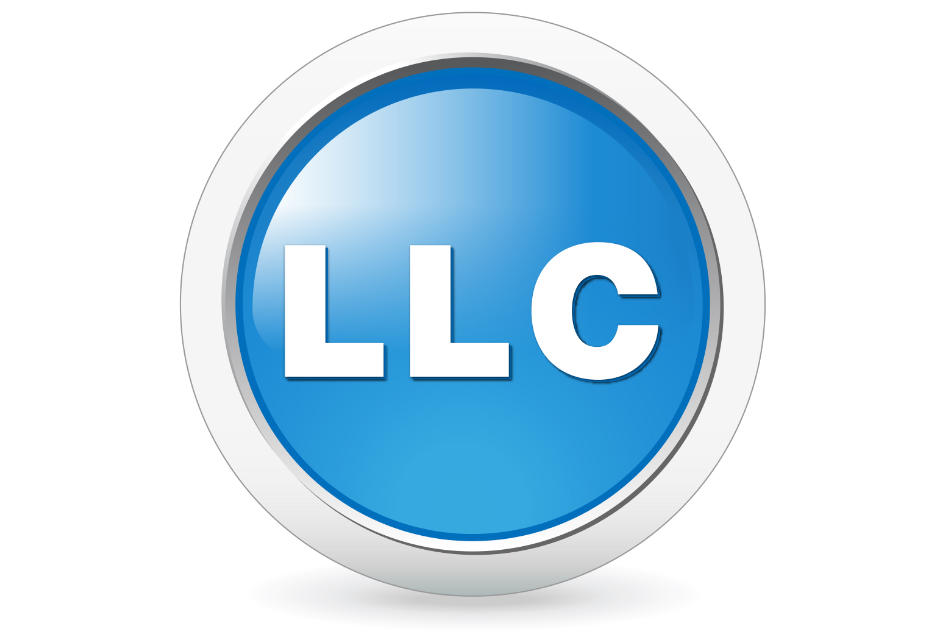Starting your business is an exciting venture. But one crucial part of this journey is to know how you're going to pay yourself. Once the money starts rolling in, you need to know how do you get it out of your LLC? Well, there are different options depending on the type of LLC you own. Read on to know the different ways of taking money out of your business and the implications for the same. You will get to know to pay yourself as an LLC owner so that can ensure the financial security of your business.
- What is an LLC?
- How to pay yourself if you own an LLC?
- FAQs related to Paying Yourself as an LLC owner
- Key Takeaways
What is an LLC?
An LLC, or limited liability company, is a hybrid business structure that is an amalgamation of partnership and corporation. Similar to a partnership, every member shares the tax bill and reports company profits and losses on their personal tax return, and like a corporation, LLCs provide limited protection against personal liability, the business is regarded as a separate legal entity to its owners. LLCs don’t have the typical tax savings as other business entities do, that is the reason why it is less confusing.
There are specific laws of each state, but generally, LLC owners are called members. The number of members can vary in your business. Different types of LLCs include:
- Single-member LLC-Such types of LLCs have only one member. They are often considered as sole proprietorships for tax purposes.
- Multi-member LLC-These types of LLCs have more than one member and can be treated as partnerships by the IRS for tax purposes.
- Corporate LLC-Such types of LLCs elect to be taxed as corporations. In order to establish a business as a corporate LLC, a formal request needs to be made to the IRS.
How to pay yourself if you own an LLC?
How you pay yourself depends on whether the LLC is operating as a sole proprietorship, partnership, or corporation.
Single-member LLCs: Owner’s Draw
Single-member LLCs are often considered as “disregarded entities,” by the IRS. This means in matters related to tax, the owner and the business are one and the same. Similar to a sole proprietorship, LLC profits are considered personal income instead of business income.
Single-member LLCs pay themselves through owner’s draw. The amount and frequency of the draws depend upon you, but leaving enough funds in the business account to operate and grow the LLC is a good idea.
Multi-member LLCs: Owner's draws and guaranteed payments
Often considered as partnerships, multi-member LLCs are regarded as ‘pass-through entities’ by the IRS. No matter business income needs to be reported to the IRS officially, the business itself isn’t taxed. Instead, the share of every member’s profit will be considered as their personal income.
Similar to single-member LLCs, multi-member LLC members also pay themselves through the owner’s draw method. Each member can draw the number of shares according to their requirements, however, there should be sufficient funds for day-to-day business expenses and growth.
Such LLCs can set up guaranteed payments for members in case financial reserves permit. Just like salaries, guaranteed payments can be paid out regardless of business performance.
Corporate LLCs: Salary and distributions
When an LLC is treated as an S corporation or C corporation for tax purposes, then the members are not allowed to take the owner’s draws. Instead, they will be considered as employees and will have to pay themselves a set salary on the company’s regular payroll with taxes withheld. This can be done through payroll software or outsourcing the work to professionals.
When an LLC is treated as a corporation, then the owner can determine his salary amount, but that figure needs to meet the requirements for “reasonable compensation."
Besides your official salary, you can also choose to pay yourself distributions or dividends. Distributions evolve out of business profits. Distributions and dividends are still considered taxable income, even though they don't require to have payroll taxes withheld.
FAQs related to Paying Yourself as an LLC owner
As a single-member LLC owner, how do you pay yourself?
In case you are taxed as a sole proprietor, then you will have to use a distribution to pay yourself. However, as an S Corp, you can make use of a payroll system with an option to also pay some part of your salary through a distribution.
How to pay yourself as a multi-member LLC owner?
In case you are taxed as a partnership, then you will have to use a distribution to pay yourself and your partners according to the ownership percentage set out in your operating agreement. However, as an S Corp, you will have to use a payroll system with an option to also pay part of your salary through a distribution.
How to pay yourself as a Series LLC owner?
If you are a series LLC owner, you cannot change the way you pay yourself. It depends upon whether you are a single or multi-member LLC, or if you are taxed as an S corp.
Should an LLC owner take a salary?
You can take a salary only if you are paying yourself through a payroll system. This would be normally done if you’re being taxed as an S Corp. As a sole proprietor (single-member LLC) or a partnership (multi-member LLC), you don’t normally have to take a salary. Instead, you would opt for the owner’s draw or distribution.
Can LLC owners pay themselves through payroll?
If you are being taxed as an S Corp, you would have to pay yourself through payroll. As a sole proprietor or partnership, you won’t have to through the payroll system, rather opt for the owner’s draw or distribution.
Good financial management is imperative for your LLC. Don’t ignore seasonal trends and the impact on your revenue and profits. You need to have sufficient money to meet all of your commitments, and carefully consider how much you need to pay yourself versus your upcoming expenses.
How are owner’s draws taxed in case no tax is withheld?
If you talk about the owner’s draw method, no tax withholding responsibility is involved in this case. But you need to remember that owner’s draws are still taxable income that you need to report to the IRS, and all required taxes on this income will be due during tax time. Let’s take a look at how to handle your LLC’s tax obligations:
For single-member LLC: In this case, the business doesn’t have to file a separate IRS return. Instead, you need to report the LLC profits and losses on Schedule C of your personal tax return, similar to a sole proprietorship. Whether you have drawn a little amount or the entire amount, you will have to owe income tax on 100% of the LLC’s profits, plus self-employment tax (for Social Security and Medicare) on the amount actually drawn during the year.
For a multi-member LLC: As a partnership, your business doesn’t have to file a separate business tax return. Instead, every member has to file his percentage of the LLC’s profits and losses on his individual tax returns. Each member has to owe income tax on 100% of their profit share, whether they have drawn little or entire amount — and they also must pay self-employment tax (for Social Security and Medicare) on the amounts drawn. In addition to this, multi-member LLCs are required to file IRS Form 1065, and each member must file a Schedule K-1.
Normally, taxes are not withheld in an owner’s draw, but you'll still owe them during tax time. To lessen the impact, you need to make quarterly estimated income tax payments throughout the year through Form 1040-ES.
How Deskera Can Assist You?
As a business, you must be diligent with employee payroll system. Deskera People allows you to conveniently manage payroll, leave, attendance, and other expenses. Generating payslips for your employees is now easy as the platform also digitizes and automates HR processes.
Key Takeaways
- An LLC, or limited liability company, is a hybrid business structure that is an amalgamation of partnership and corporation
- There are different types of LLCs including single-member LLCs, multi-member LLCs, and corporate LLCs
- How you pay yourself while being the owner of an LLC depends on whether the LLC is operating as a sole proprietorship, partnership, or a corporation
- Single-member LLCs pay through owner’s draw, while multi-member LLCs pay through owner’s draw and guaranteed payments. Corporate LLCs pay through salary and distributions
- If you are a single-member LLC and you are taxed as a sole proprietor, then you will have to use a distribution to pay yourself. However, as an S Corp, you can make use of a payroll system with an option to also pay some part of your salary through a distribution
- If you are a multi-member LLC and taxed as a partnership, then you will have to use a distribution to pay yourself and your partners according to the ownership percentage set out in your operating agreement. However, as an S Corp, you will have to use a payroll system with an option to also pay part of your salary through a distribution
- As an LLC owner, you can take a salary only if you are paying yourself through a payroll system. This would be normally done if you’re being taxed as an S Corp
- If you talk about the owner’s draw method, no tax withholding responsibility is involved in this case. But you need to remember that owner’s draws are still taxable income that you need to report to the IRS, and all required taxes on this income will be due during tax time
Related Articles












